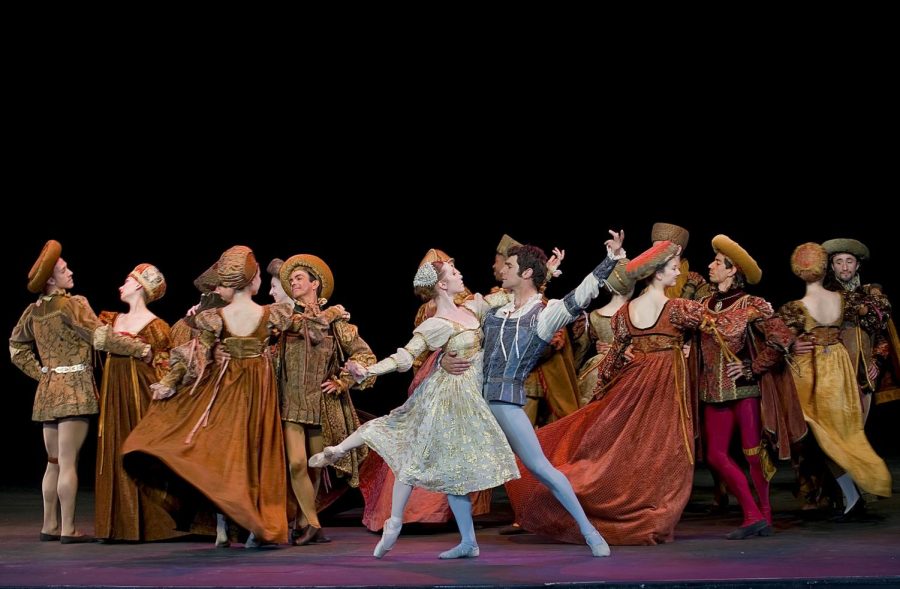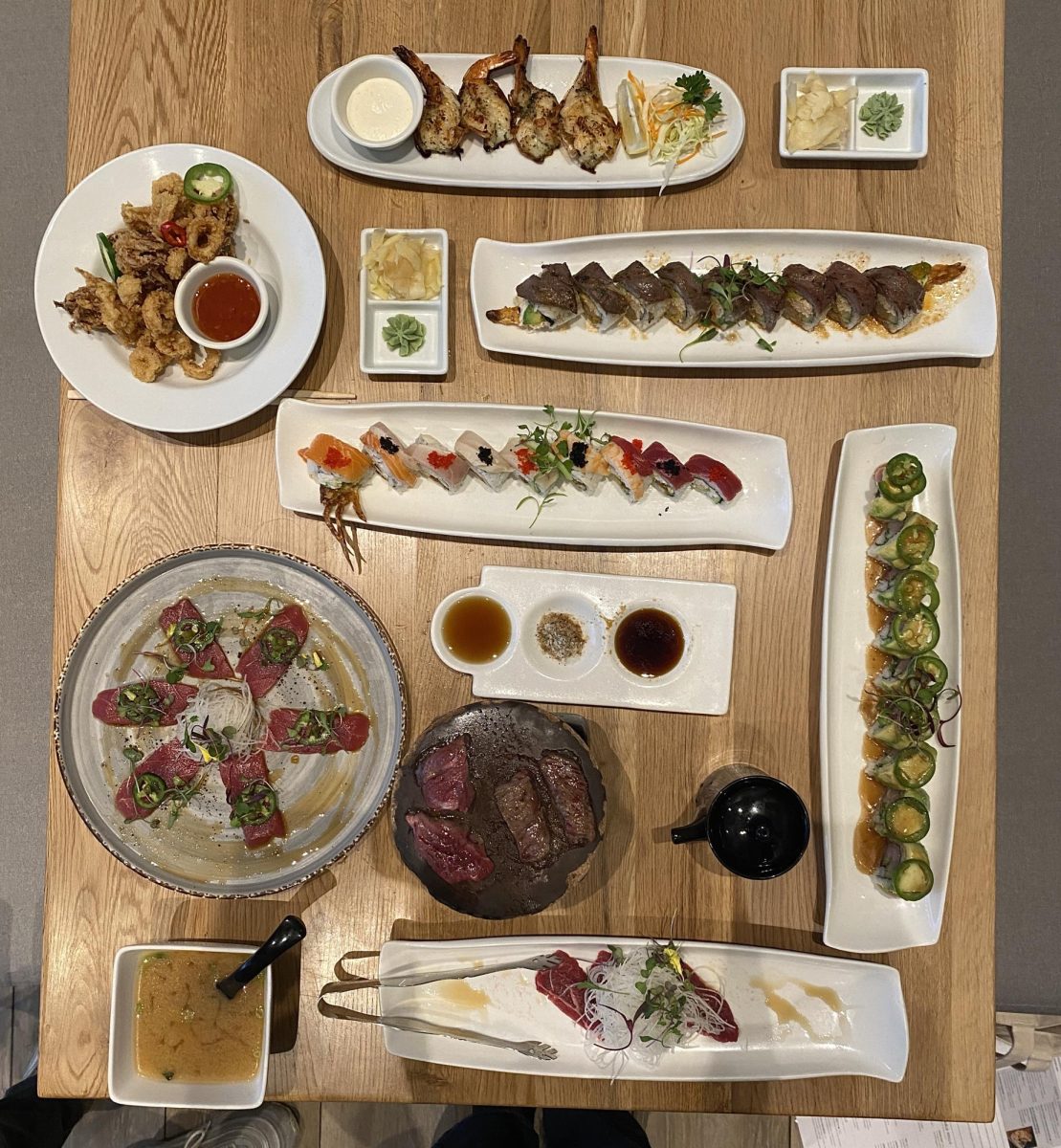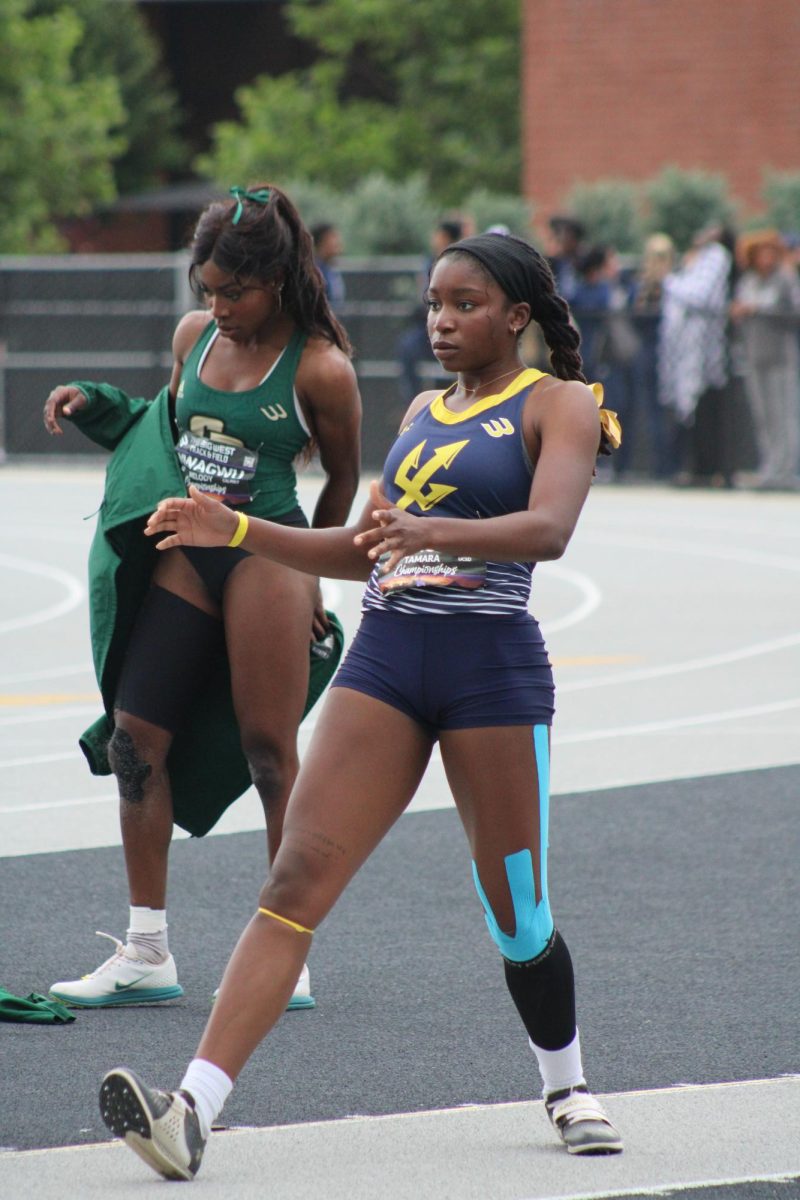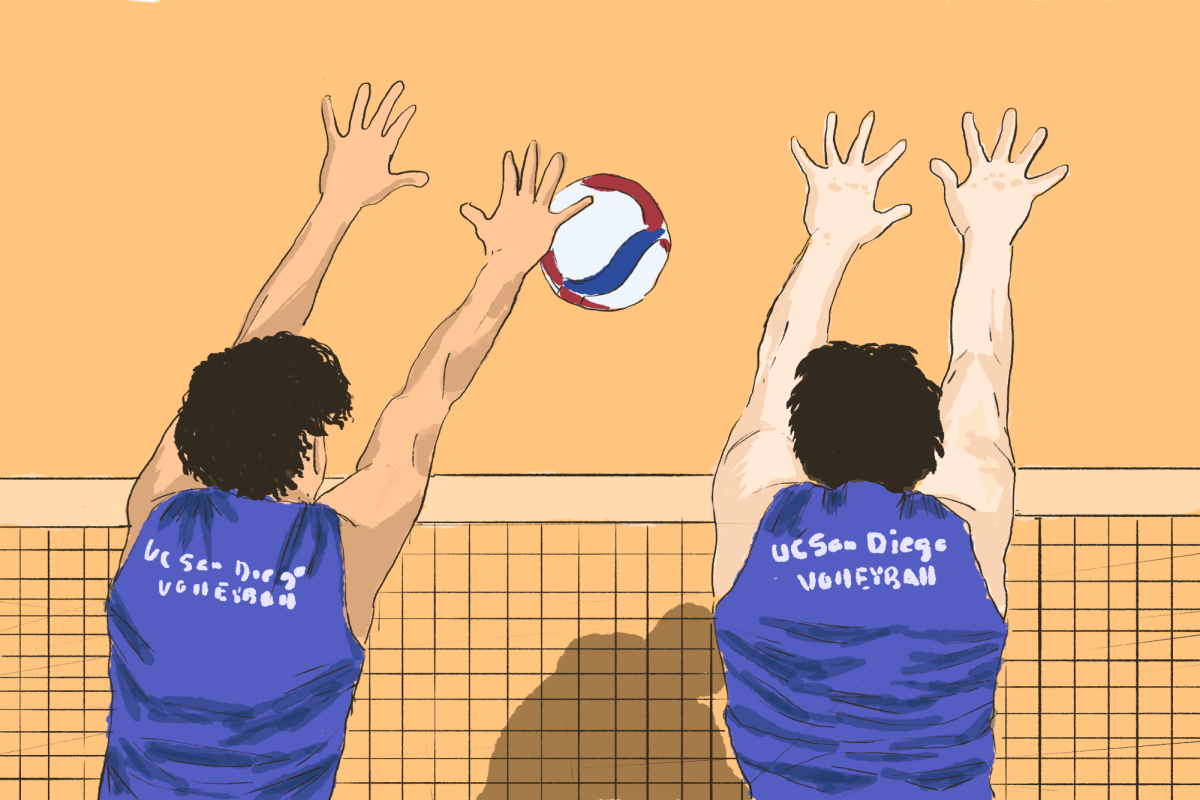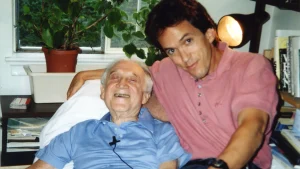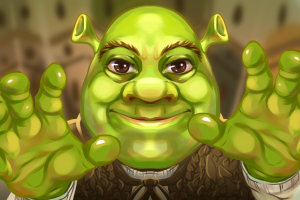Play Review: “Romeo and Juliet”
May 14, 2023
Ballet is an entrancing form of art that includes music, visual aesthetics, and movements that exhibit elegance. City Ballet closed out its 30th season with a finale on Sunday, May 7, in their rendition of “Romeo and Juliet.” This show was especially exciting for me because the last time I saw a ballet live was seven years ago when my cousin and I went to UCLA with my mom to see “Swan Lake.” Being 11-year-old girls, our obsession with the art grew upon seeing it live and fully capturing what ballet has to offer. Since then, our love has never faded. As we drove up to Escondido, we were excited to experience not only what the dancers had to offer us, but the orchestra as well, especially because my cousin plays in an orchestra herself.
Being well-acquainted with the classic play by Shakespeare, the storyline and flow of the performance were easy to grasp. The ballet started off strong with an overture that captured the audience’s attention and set up the first act of the night perfectly by having a playful tone that paired well with the marketplace buzzing with people. Romeo, Mercutio, and Benvolio were by far my favorite trio to see on stage. Not only did they have amazing synchronization in “tour en l’air” (a move where the dancer jumps and turns at once), but the technique and precision in their leaps left me amazed. They were able to jump so high in the air, but land so delicately that one might think they were made of air. They were always seen playing around, which allowed for much-needed comedic relief amidst the tragic story of “Romeo and Juliet.” My favorite part of the three boys being silly is when they act a fool around the women they fancy; it reminded me of how kids act when they see their crush, which left me with a nostalgic feeling that everyone can relate to.
Though Romeo had a playful chemistry with his friends Mercutio and Benvolio, he had the best chemistry with Juliet. Watching them on stage dance together was like watching vines grow up a wall, intertwining and perfectly molding to one another. Even when the marketplace was bustling or people were dancing at the ball, the two always found a way to lock eyes with each other. This small detail of having Romeo and Juliet find each other in a crowded room made their chemistry even stronger, and it felt like I was watching the play for the first time. My favorite interaction was during the ball, where he first laid his eyes on her. Romeo found a way to dance with Juliet, and just as they did, all the other dancers stood still, and the lights shone on just the two of them, creating the illusion that time froze when they were with each other. The orchestra played lighthearted romantic music that seamlessly synchronized to when Romeo effortlessly lifted Juliet in the air. But all at once, when the other dancers went back into movement, the music changed into a more dramatic piece as Romeo and Juliet were ripped apart.
The family feud fueled their infatuation with each other, which was clearly evident in the iconic balcony scene. At the beginning of this scene, I felt the back and forth pull as they just barely missed each other, as Juliet came out of her room to Romeo entering the stage. Once they finally met, they once again danced with such emotion and fluidity between them. They would have playful moments of running after each other but would then share intense moments of love.
During the ending scene when Romeo and Juliet meet their unfortunate fates, Juliet gracefully drapes herself over the altar, and the lights dim around her to contour the scene flawlessly. This left Romeo and Count Paris in the shadows, reflecting the damage that young and innocent love can lead to. The intense story of two young lovers teaches us that, by nature, all we want is to find passionate love, but if we let it impede our emotions too drastically, it can become our most feared enemy.
Image courtesy of Reel Obsession


